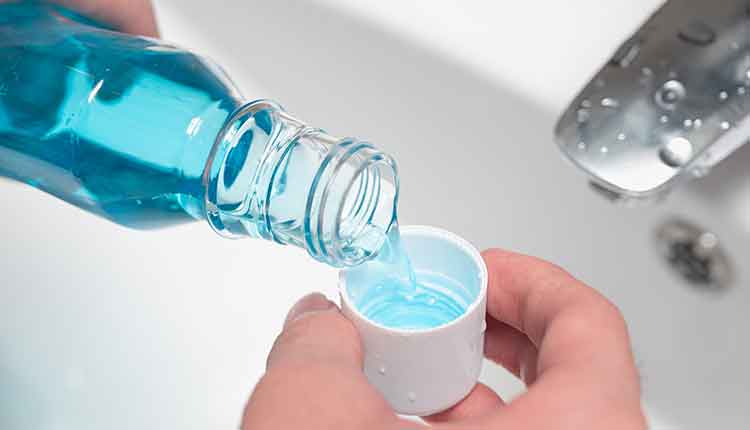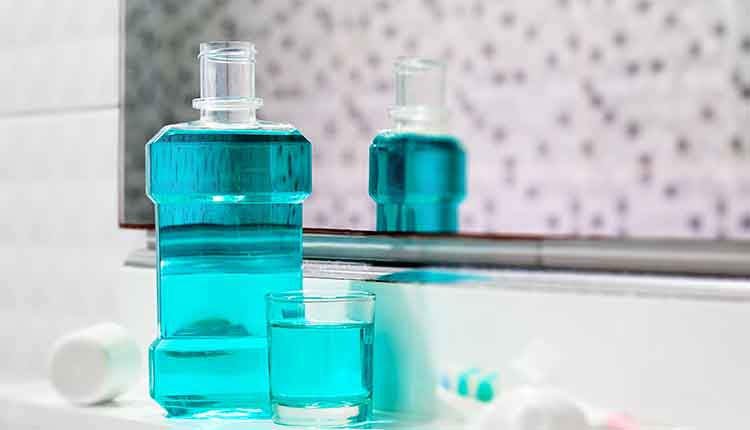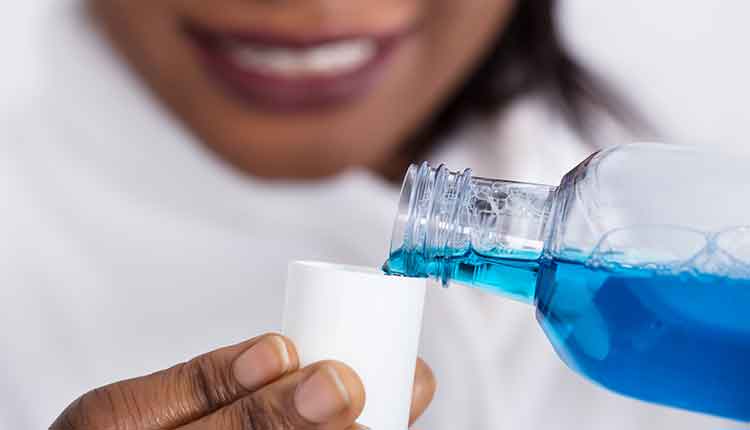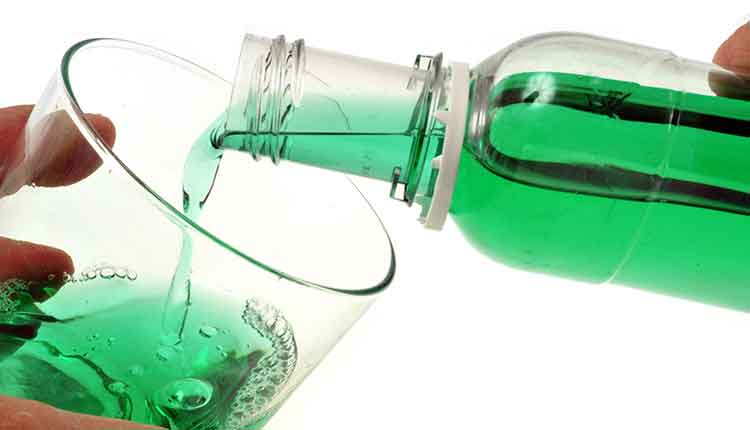Importance of Preprocedural Mouthrinse During the Global Pandemic

It should be of no surprise that in the midst of a global pandemic, infection control and clinician safety are top of mind. To protect themselves and their patients, dental hygienists need to be equipped with a strong knowledge of disease transmission and preventive measures, such as the use of preprocedural mouthrinses.
Photo Credit: Jae Young Ju / iStock / Getty Images Plus

Contaminated Aerosols
Contaminated aerosols create a potential route of infection for arboviruses, alphaviruses, coronaviruses, and influenza type B. The production of aerosols in a dental office is inevitable. While treating patients, dental hygienists are exposed to aerosols during prophylaxis, periodontal maintenance therapy, and scaling and root planing. Such therapeutic procedures use ultrasonic and sonic instruments, coronal polishing handpieces, and compressed air and water, all of which generate dental aerosols.
Photo Credit: Yagi-Studio / E+

Risk Assessment
The highest concentration of aerosols has been found 1 foot to 2 feet from the patient’s mouth, which is precisely the clinician’s work area. Saini compared general dental procedures with dental hygiene procedures and found that the dental hygiene treatment produced higher microbial aerosol concentrations. The study also found that ultrasonic scaling yielded more aerosol production and potential for disease transmission than caries preparation performed by a dentist and dental assistant. As such, the United States Centers for Disease Control and Prevention (CDC) recommends clinicians avoid using aerosol-generating techniques, such as high-speed dental handpieces, air/water syringes, and ultrasonic scalers, and to focus on the use of hand instruments instead during the COVID-19 pandemic.
Photo Credit: AndreyPopov / iStock / Getty Images Plus

Risk Reduction
The first step in reducing aerosol risk is personal protective equipment (PPE): wearing a surgical mask within 1 meter of the patient; donning a gown, gloves, and eye protection upon entering the room; and removing all equipment upon exiting the room. Next is using equipment, such as high-volume evacuation, which has been shown to reduce aerosols by 89.7% to 90.8%. Lastly, the use of a preprocedural mouthrinse can reduce contaminated aerosol production up to 94.1%.
Photo Credit: surasak tapanavongvet / iStock / Getty Images Plus

Role of Mouthrinses
The goal of having patients rinse prior to beginning dental treatment is to reduce the bacterial load in the oral cavity. While there is no evidence supporting the effectiveness of preprocedural mouthrinsing in the prevention of SARS-COV-2, the ability of some therapeutic ingredients to decrease transmission of pathogens suggests there may be efficacy in reducing the presence of the novel coronavirus in dental aerosols.
Photo Credit: RyanKing999 / iStock / Getty Images Plus

Ingredients
Several mouthrinse ingredients are bactericidal—capable of killing bacteria—and bacteriostatic—preventing the reproduction of and proliferation of bacteria. Mouthrinses with chlorhexidine gluconate (CHX) and essential oils can rapidly reduce the level of bacteria found in dental aerosols. Agents, such as ozonated water, CHX, and essential oils, are also capable of exerting significant antiviral effects against herpes simplex virus, human immunodeficiency virus, and influenza.
Photo Credit: AndreyPopov / iStock / Getty Images Plus

Additional Uses
Although most mouthrinses are used almost exclusively pre- and post-procedure, the investigation of alternative uses has emerged. When it comes to essential oils, preprocedural rinsing used in conjunction with preprocedural subgingival irrigation has proven to significantly decrease the level of bacteremia associated with subgingival ultrasonic scaling. Moreover, as ultrasonic use, at least prior to the pandemic, was ubiquitous in dental settings, using mouthrinses as ultrasonic coolants may help reduce bacteria levels. For instance, cinnamon within the essential oil cinnamaldehyde has antibacterial, anti-inflammatory, and antifungal properties. Although the research proving cinnamon’s efficacy as a bacteriostatic or bactericidal preprocedural mouthrinse ingredient is limited, a study did show that when used as an ultrasonic device coolant, the dental aerosol contamination was significantly lower.

